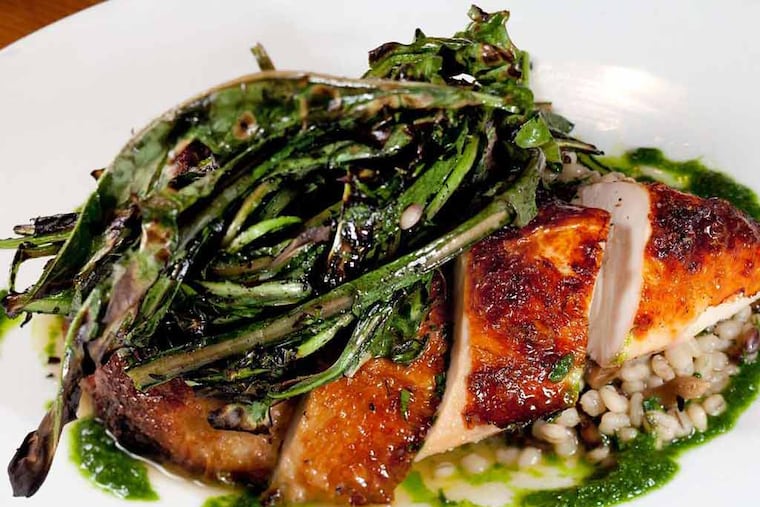Pros and cons of Restaurant Week
To fully comprehend the juggernaut that is Center City District Restaurant Week, on now through Sept. 19, it helps to spend a few minutes plumbing the archive of Philadelphia restaurateurs' stream-of-consciousness - that is, their Twitter accounts.
